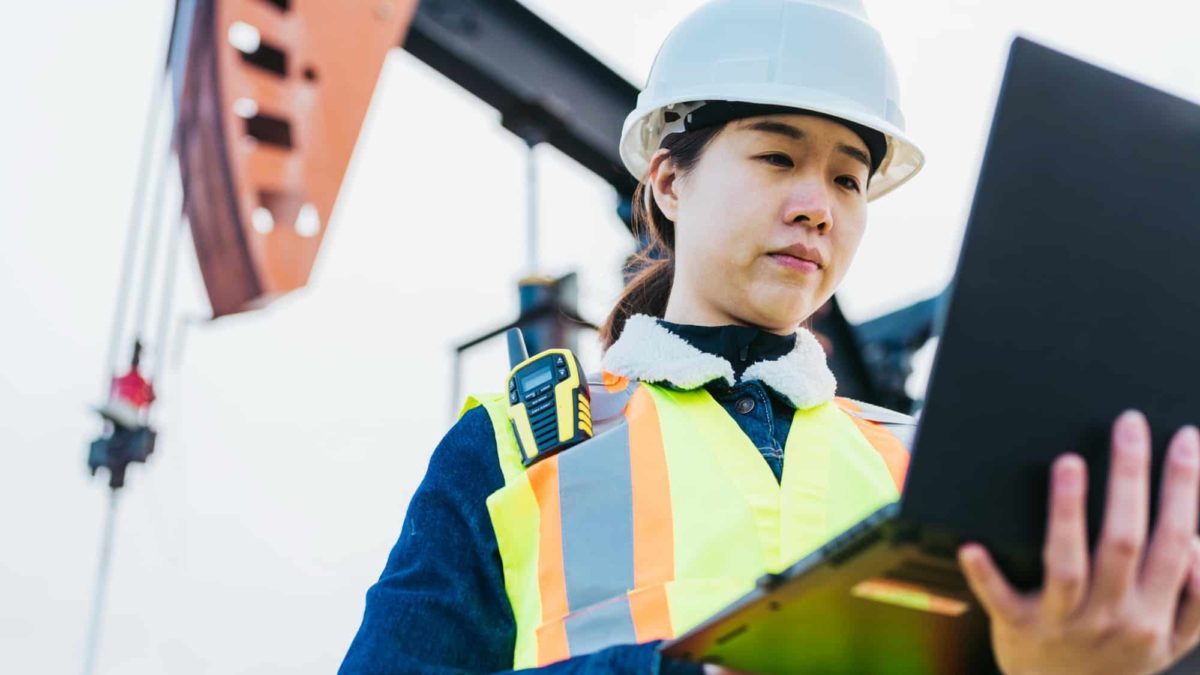China has pressed ahead with restrictions on rare earths metals and magnets in response to President Trump's tariffs policy.
While you may struggle to pronounce rare earths like yttrium, dysprosium, and terbium, they are critical ingredients for manufacturing countless electronic and defence technologies.
And unless you're well acquainted with the periodic table, you may not know your gallium from your germanium.
Not so rare earths
Still, rare earths are everywhere: in the phone you're holding, the screen you're watching, and under the ground you're on top of.
According to the United States Geological Survey, more than half of global reserves of rare earths are found in China (38%) and Vietnam (19%).
Russia (10%) and Brazil (18%) are also significant players, with the rest of the world accounting for about 15%.
But when it comes to processing rare earths, that club is far more exclusive, with China exerting even more dominance.
China controls about 60% of global rare earths processing capabilities, with the United States refining about 15% of supply.
Another significant player is Australia, which processes about 8% of global rare earths supplies.
For decades, China has dominated the rare earths market.
It has long identified the strategic significance of rare earths and has used its dominant position as political leverage.
China's latest export restrictions on rare earths follow a series of increasingly stringent curbs on critical minerals from the Middle Kingdom.
As China closes the door on access to processed rare earths, consumers of critical minerals must look elsewhere.
For shareholders of ASX-listed rare earths producers, this could be good news.
With a market cap of around $7.5 billion, Lynas Rare Earths Ltd (ASX: LYC) is a major player in the critical minerals space.
The company bills itself as "the world's only significant producer of separated rare earth materials outside of China".
And it appears investors are keen to get exposure to that space.
Back in late January, Lynas shares were trading at around $6.16.
Today, they are changing hands for about $8 each.
That represents an increase of almost 30% over the past few months amid Trump's tariffs turmoil.
Arafura Rare Earths Ltd (ASX: ARU) shareholders have enjoyed similar gains over the last few months.
Arafura Rare Earths shares are now trading at around 19 cents apiece, having jumped about 70% since January.
ASX rollercoaster
While the ASX rare earths space has the potential to offer rapid gains for investors, it can be a white-knuckle ride and is not for the faint-hearted.
While the Lynas share price has gained 30% in the last few months, it's still slightly below its yearly high of $8.09.
For Arafura shareholders who bought a few months ago when the share price was hovering around 11 cents, the current upside is significant.
For those who bought back in 2023, when Arafura Rare Earths shares were trading at around 60 cents each, the current downside is even more significant.
I'm certainly interested in the rare earths space and will keep an eye on Lynas.
But for now, I'm steering clear.









